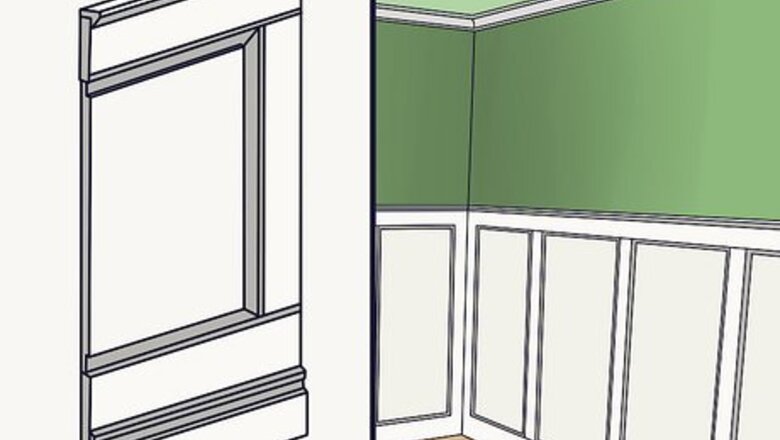
views
Choosing a Style
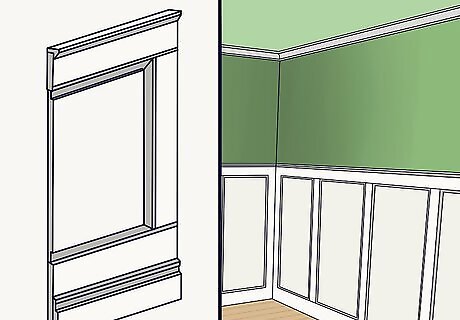
Decorate with raised panel wainscoting to add elegance to a room. Raised panel wainscoting features a raised rectangular frame on each panel. Use a raised panel style if you want the room you’re decorating to have a classic, upscale look.
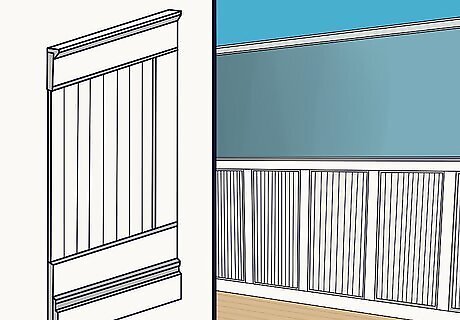
Choose beadboard wainscoting for informal rooms. You can decorate a stairway or bathroom with beadboard to give it dimension while still keeping things simple. Beadboard wainscoting has thin, vertical strips that run up and down the paneling.
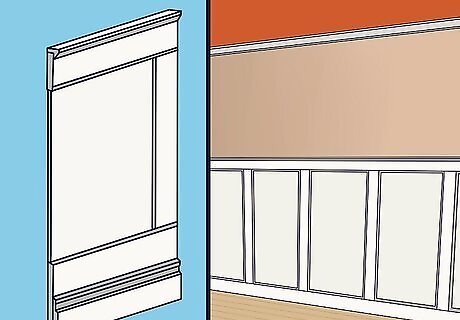
Use flat panel wainscoting for a simple, contemporary feel in a room. Flat panel wainscoting is similar to raised panel, but it’s simpler. Flat panel wainscoting is a good choice if you want a space to have a clean, finished appearance.
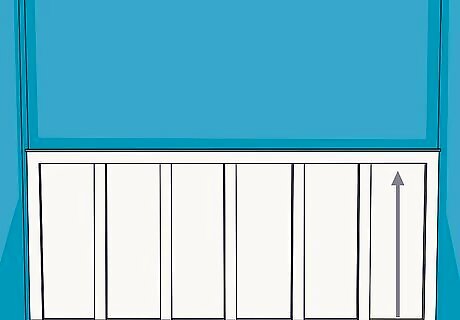
Use board and batten for wainscoting that extends high up on the wall. Board and batten wainscoting is generally taller than other types of wainscoting. Use this style if the room you’re decorating has high ceilings, or if you want to cover up a lot of the empty space on the walls.
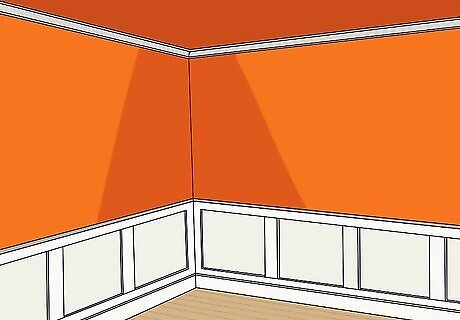
Use short wainscoting in rooms with low ceilings. Short wainscoting will add dimension to the space without taking up what little wall space is available. Avoid using a tall wainscoting or the room could look cramped.
Selecting a Material
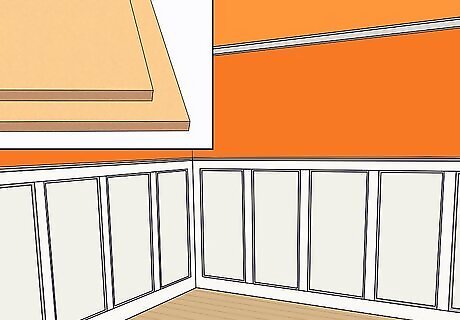
Go with medium-density fiberboard if you want to paint the wainscoting. Medium-density fiberboard (MDF) wainscoting is good for painting because it doesn't have any knots like wood and it's easy to paint. MDF won't take wood stain, so use a different material if you want stained wainscoting. Don't use MDF wainscoting in a bathroom. MDF doesn't handle moisture well.
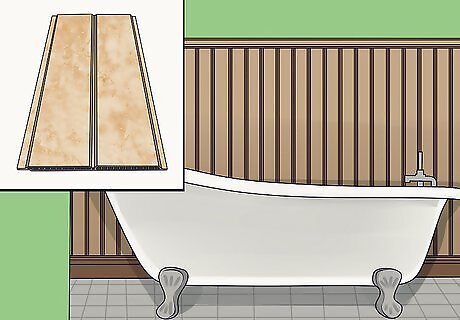
Use polyvinyl chloride wainscoting for spaces with a lot of moisture. Polyvinyl chloride (PVC) is a good option if you're decorating a bathroom because it won't be affected by water or heat.
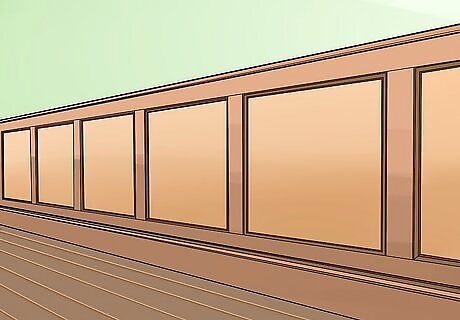
Choose wood wainscoting if you're covering old or uneven walls. You can use wood wainscoting to hide imperfections or waviness on walls. Cheaper wainscoting materials like MDF and PVC won't be able to hide these problems, and they could make them stand out more.
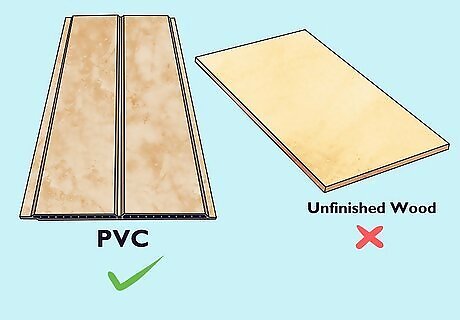
Don’t use unfinished wood panel wainscoting in bathrooms. The unfinished wood could rot if it gets wet. Instead, use a water-resistant wainscoting like PVC or seal off wooden wainscoting with a protective finish.
Adding Color and Stain to Wainscoting
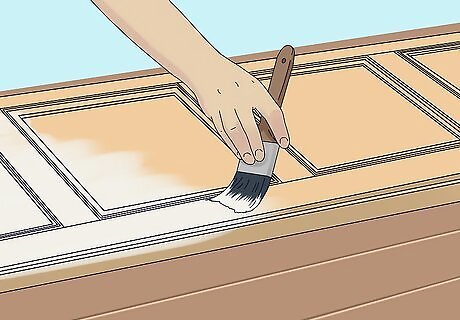
Do any painting or staining before you install the wainscoting. It’s much easier to paint or stain wainscoting before it’s up on the wall. If you want the wainscoting to be a specific color, the first thing you should do is set up a work station in a well-ventilated area and get all of the panels painted or stained.
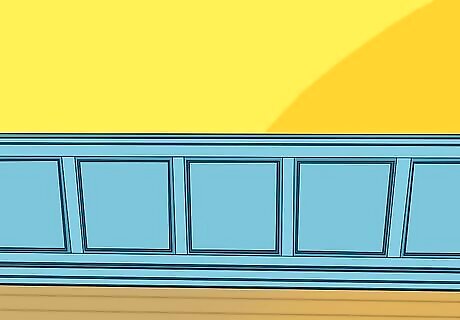
Install colorful wainscoting to make a space more bright and modern. Paint the wainscoting a bold accent color and install it over a white or neutral-colored wall so it really stands out. For example, you could install teal raised panel wainscoting over the gray walls in the living room for an elegant and modern finish.
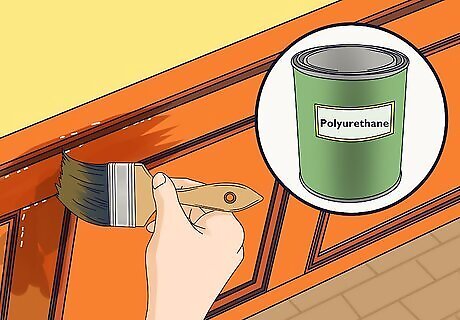
Stain wainscoting with polyurethane to give it an antique look. Put it up in a space that has antique furniture or a wooden fireplace mantel to tie the room together.
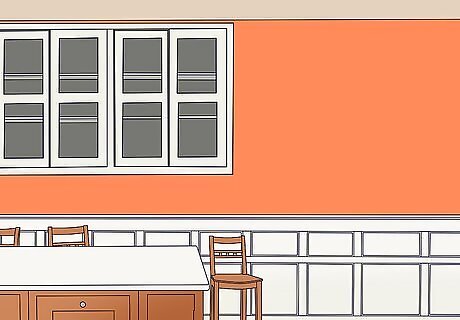
Install white wainscoting over a brightly-colored accent wall. The stark contrast between the white wainscoting and the accent wall will make the accent color pop even more. For example, if you have tangerine walls in your dining room, you could install white flat panel wainscoting along the bottom perimeter of the walls to make them pop.
Getting Creative with the Installation
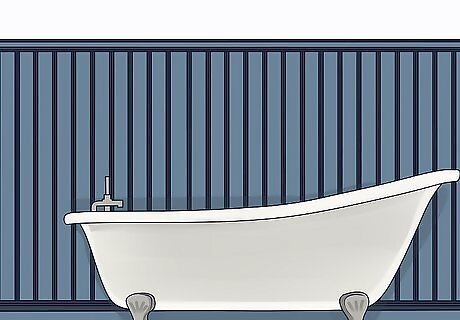
Install beadboard wainscoting in bathrooms for an easy upgrade. Use the wainscoting to give a bathroom more dimension, especially if the walls are white or neutral. Go with a color that pairs well with the bathroom walls and tiling.
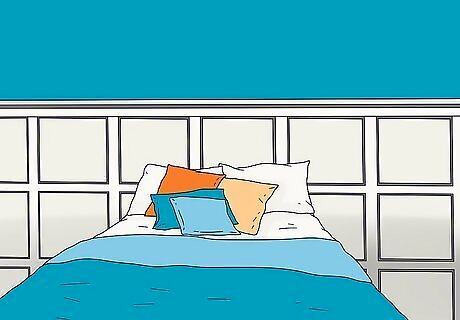
Create wainscoting headboards in the bedrooms. Choose a wainscoting style and install the panels along the base of all the walls in the bedroom. When you get to where the head of the bed is positioned against the wall, extend the wainscoting up to the ceiling. The wainscoting will look like a headboard that’s built right into the wall.
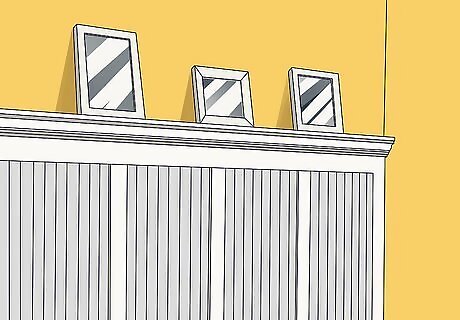
Add a shelf to the top of the wainscoting. This is commonly seen with the board and batten style. Instead of topping off the wainscoting with a traditional thin cap, use a cap that extends 4–6 inches (10–15 cm) off the wall. Use the extended cap as a shelf, putting picture frames, books, or knick-knacks on it for decoration.
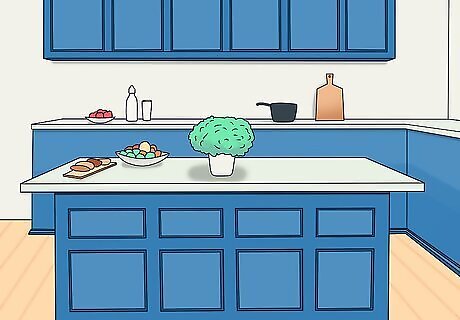
Use wainscoting to decorate things other than walls. Install wainscoting around the exterior of a kitchen island, or even along the outside of a bathtub attached to a wall. If you want a kitchen to have a uniform, finished appearance, you could install wainscoting over the cabinets.












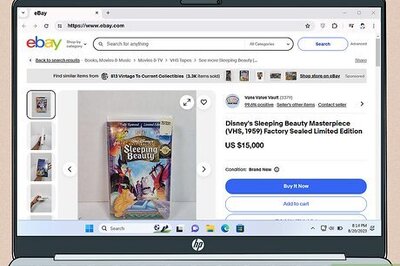

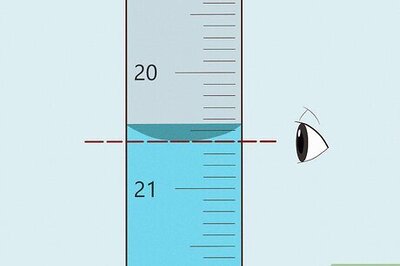


Comments
0 comment